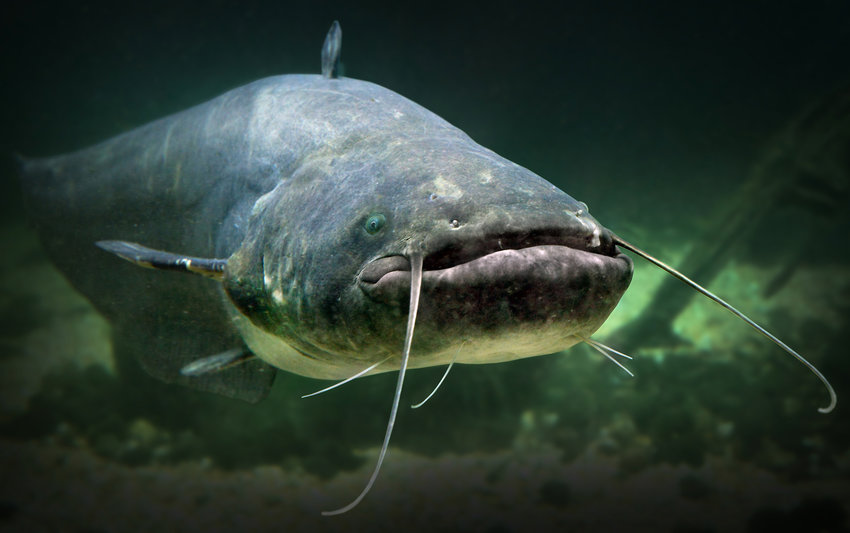The ins and outs of hand-grabbing catfish
Hand grabbing for catfish has been around for centuries.
Depending on where it is practiced, hand grabbing is known by an assortment of names, including noodling, hogging, and tickling. Some might refer to it as crazy, but in Mississippi, it is a time-honored tradition.
I first learned of this fishing technique as a child listening to stories told by my family. They were usually based on big blue catfish or spotted catfish caught from the Homochitto River by my great-uncles, way before my time.
One story that has been passed around our kitchen a time or two was when one of those uncles found a large water moccasin when grabbing in a log. They say he reached in, grabbed the snake, threw it up on the bank, and told his friends to kill it. Then, back under the water, he went for the catfish that was also in that log. I always assumed he caught the fish, but the story was more about the snake.
Hand grabbing for catfish is only legal in some states, primarily in the Southeast. Anglers enter the water and catch catfish with their hands from either natural or artificial structures. Yep, that is right—no hooks, no corks, no bait … just their hands. Because research associated with hand grabbing has been limited, the Mississippi Department of Wildlife, Fisheries, and Parks (MDWFP) initiated a project to learn from anglers who participate in this exciting and often misunderstood method. The project included a two-year survey of hand-grabbing anglers at Ross Barnett Reservoir.
When to fish
Hand-grabbing season runs from May 1 through July 15 each year in Mississippi. This period coincides with spawning season when catfish are looking for cavities in which to spawn. Common spawning sites include hollow logs, stumps, or holes in a stream bank; however, artificial structures are also used.
As with most other freshwater fish species, the male begins searching for and preparing potential spawning sites. The only parental role that a female will play is laying the eggs, and it is the male who will stay and aggressively guard the nest against predators. This aggressive behavior is what gets the adrenaline flowing for many hand-grabbing anglers.
What to expect
Flathead catfish and blue catfish are the two most common species caught by hand grabbers, but channel catfish are also caught. Anglers tend to catch more blues earlier in the season and then start to catch flatheads as the season progresses. The most likely reasons are rising water temperatures and the preference of each species when spawning.
The most sought-after catfish is the flathead (also called spotted cat, tabby cat, yellow cat, or opelousas cat). This fish has as many nicknames as the fishing technique itself.
Flatheads are preferred by many anglers because they can grow to large sizes and remain great to eat, even when large. Seventy percent of the anglers interviewed during the survey said they preferred to catch flatheads.
More than 200 catfish were harvested during our survey with flathead and blue catfish accounting for 90 percent of the total catch.
Hand-grabbing anglers appeared to be harvest oriented, but not size selective about their catch. Essentially, anglers harvested what they caught.
Fishing in other places may produce larger or smaller fish depending on the body of water. The fertile Big Black and Yazoo rivers are known to provide trophy-size catfish that can grow to 80 pounds or more. Fish this size are often caught and released… after a few social media photographs, of course.
James L. Cummins is executive director of Wildlife Mississippi, a non-profit, conservation organization founded to conserve, restore, and enhance fish, wildlife, and plant resources throughout Mississippi. Their web site is www.wildlifemiss.org.

